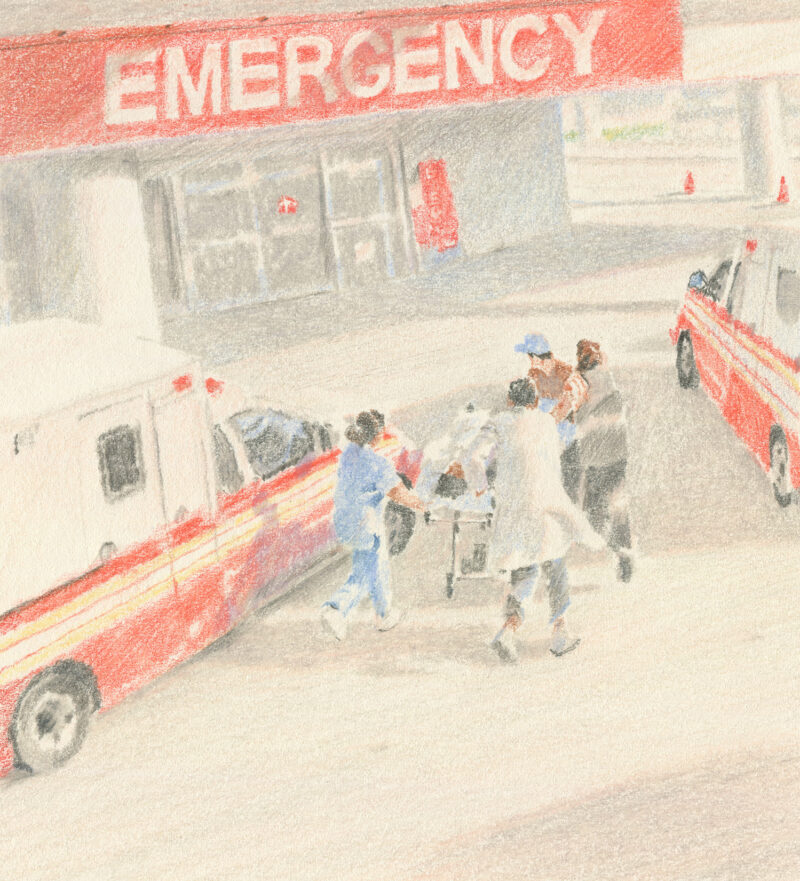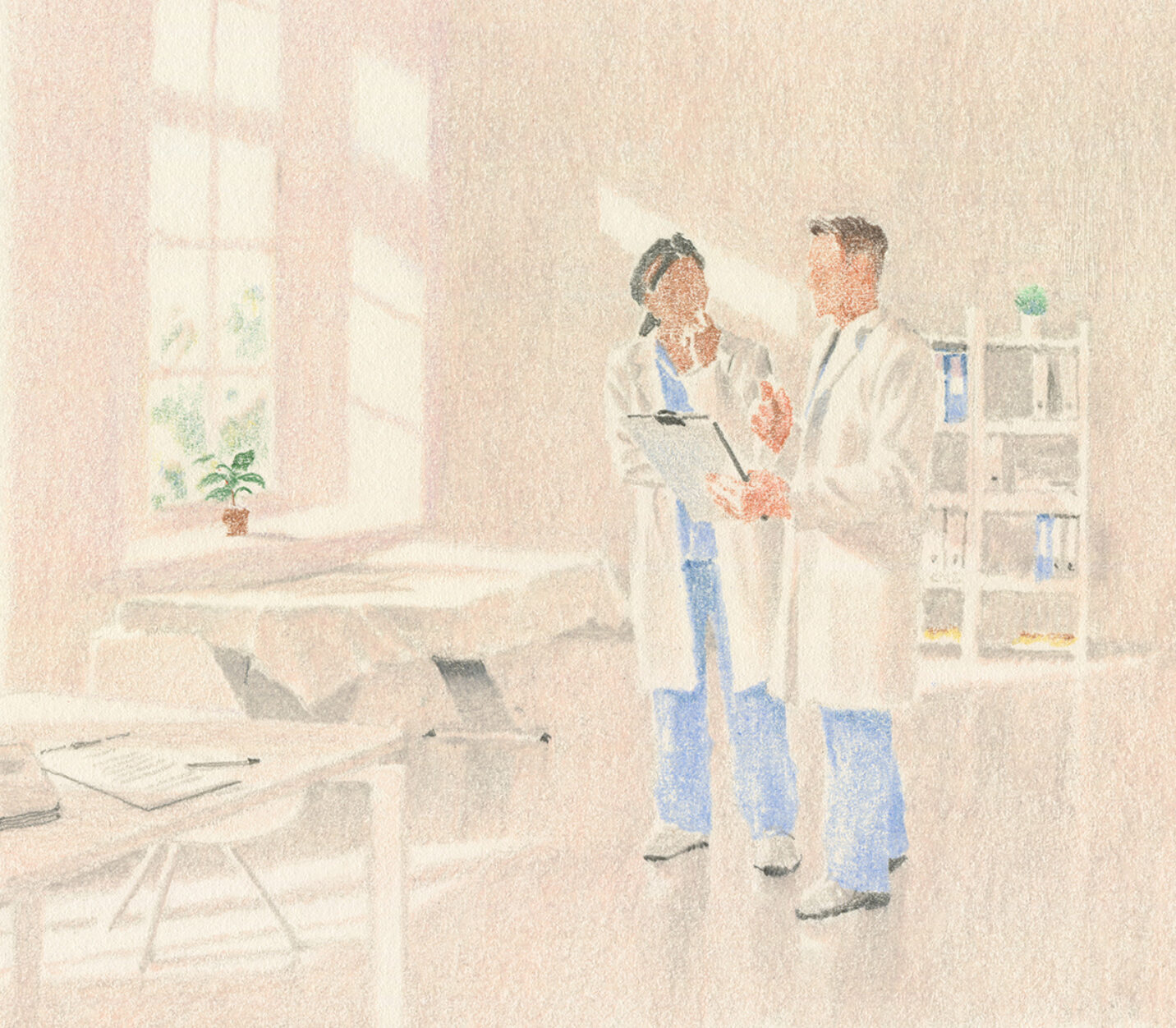A southeast medical center was facing a growing number of patients leaving their ED without treatment and rising length of stay. Sound’s EM medical director proposed a proactive solution to increase ED nursing staff to implement a split-flow or rapid-care model to assess the acuity of patients to get patients seen faster. The split-flow model rapidly improved door-to-clinician time, increasing patient flow and satisfaction. Within months, the hospital saw LWOTs decrease, discharge LOS and admit LOS improve, as well as, capturing more revenue per patient with patients staying to get treatment.
OVERVIEW
The emergency department (ED) at a South Carolina medical center faced a growing number of patients who were leaving without treatment, and for those who did stay, an increase in their length of stay before discharge. The hospital couldn’t fully staff its 25-bed ED due to a lack of nursing support, and even though the implementation of a provider-in-triage (PIT) program had some impact on the number of patients who left without treatment, it was unable to meaningfully improve throughput without full-time nursing support.
Further complicating the landscape in the short-term — though beneficial over the long-term for better data and insights — the simultaneous implementation of a new electronic medical record system further confounded challenges with enhancing efficiency. In collaboration with the hospital, Sound’s Emergency Medicine (EM) practice set out to find additional solutions to improve throughput in the ED.
OPPORTUNITY
Sound’s EM medical director joined the hospital’s emergency department committee to identify areas of opportunity and proactively develop solutions. One such solution was an increase in ED nursing staff, which allowed Sound’s EM leaders to implement a split-flow or rapid-care model, customized to meet the unique needs of this hospital. The program diverts patients down one of two tracks based on acuity:
- Lower-acuity patients – those with mild, less acute conditions are sent to the fast-track area where they can be seen by a dedicated team, and diagnosed, treated, and discharged.
- Intermediate and Acute Care Area: cares for patents in need of higher acuity care, and management.
INNOVATIVE ED WORKFLOWS
TRANSFORMATIVE CHANGE
This innovative approach to operationalizing a split-flow model rapidly improved door-to-clinician times and reduced overall wait times significantly on both sides — and saw far fewer patients walking out before being treated. Additionally, there was a meaningful increase in patient satisfaction.
- Better patient flow. With a lower-acuity waiting room and dedicated providers to discuss their results and treatment and discharge plans, patient waiting time has been cut in half and patients move more quickly and efficiently through the ED.
- Better metrics for the hospital. The hospital sees the benefit of staffing up and is happy with the improved performance, now more closely aligned with industry standards.
- Better patient satisfaction. Press-Ganey scores have improved. The ED team was able to show patients that their time is as valuable as the people treating them; in turn, patients were happier with their overall care experience.
- Better communication. The Sound EM team meets weekly with the hospital staff to talk about what’s going well, what could be better, and how to get there.
- Better partnership. The Sound EM team’s collaboration with Sound hospitalists has also led to decreased admissions length of stay for patients, as the hospitalists play a critical role in moving that patient out of the ED and into a hospital bed, if needed.

KEY RESULTS
Given the struggles of emergency departments across the country, the improvements here stand out as remarkable among both the hospital leaders and clinicians. These numbers represent a willingness to recalibrate and innovate to solve seemingly intractable problems — and a trend toward greater patient satisfaction and a better overall experience. It also represents the hospital’s ability to become more efficient in how it treats patients and, as a result, capture the once-lost revenue of a patient leaving without treatment to invest in its clinicians and the appropriate staffing to continue its success.
Within the first few months of 2024, results have improved significantly from 2023:
85%
O/E LWOT improvement
44%
O/E discharge LOS improvement
56%
O/E admit LOS improvement
3k
facility revenue capture increase per patient through recapture of LWOT


